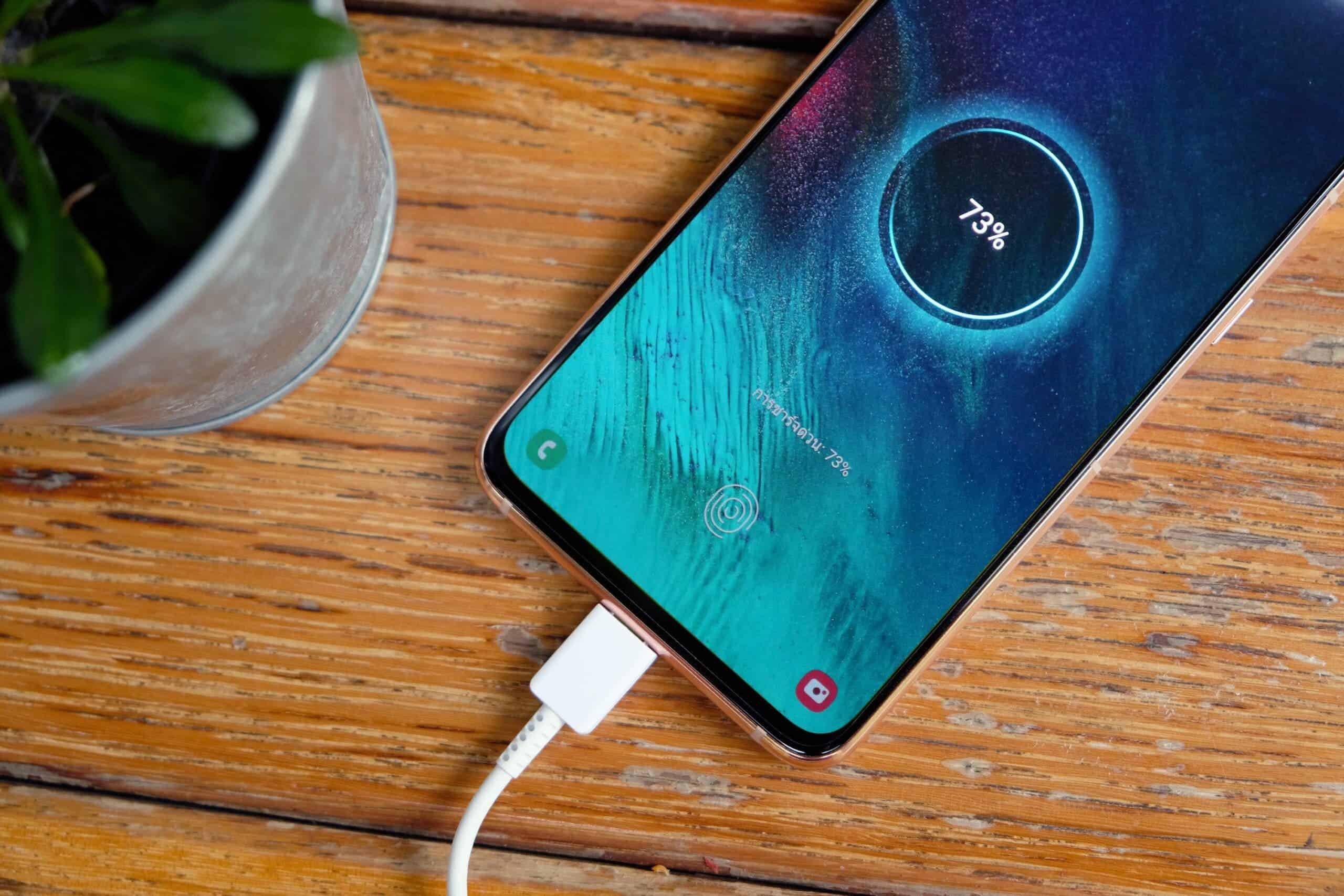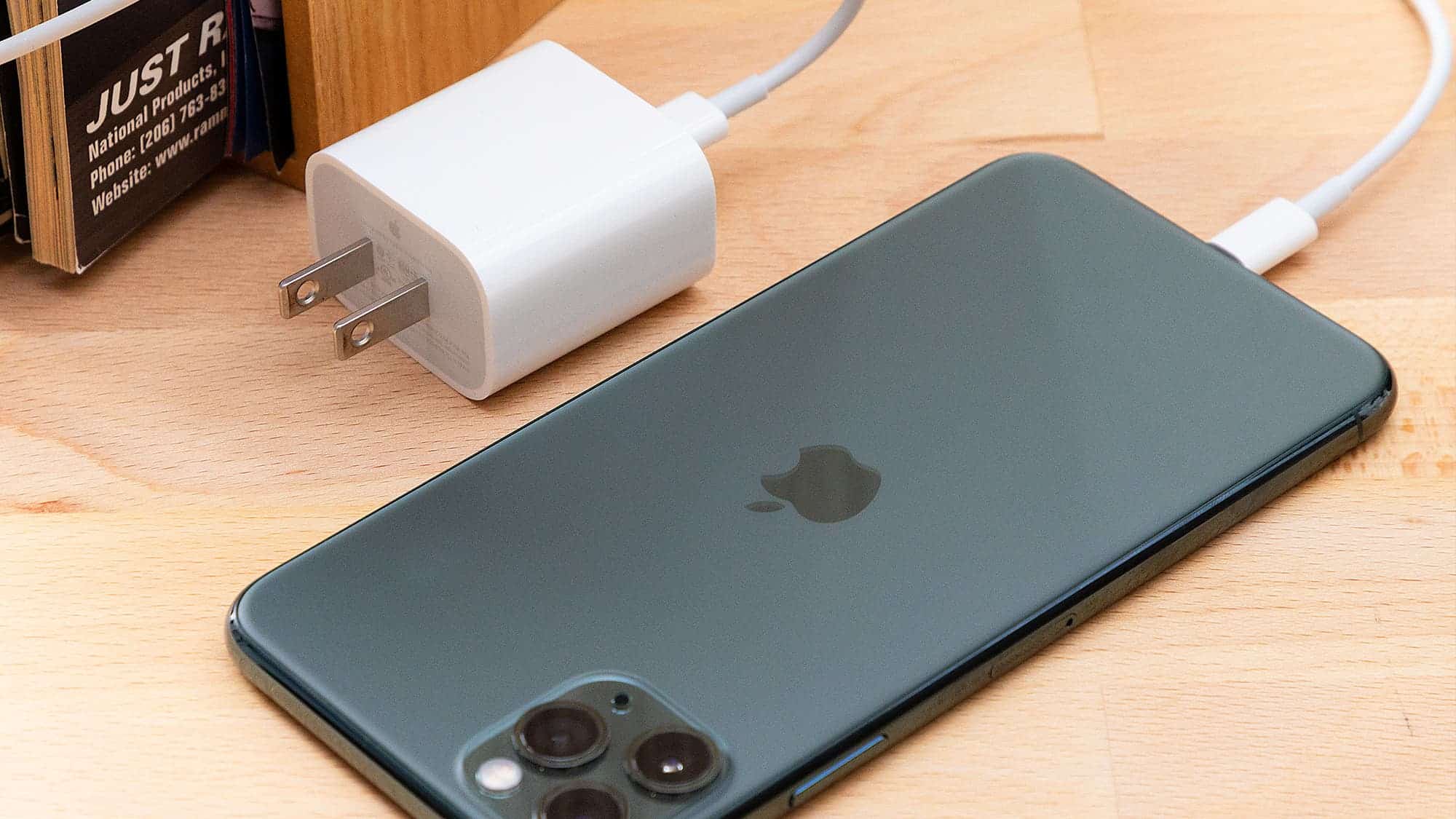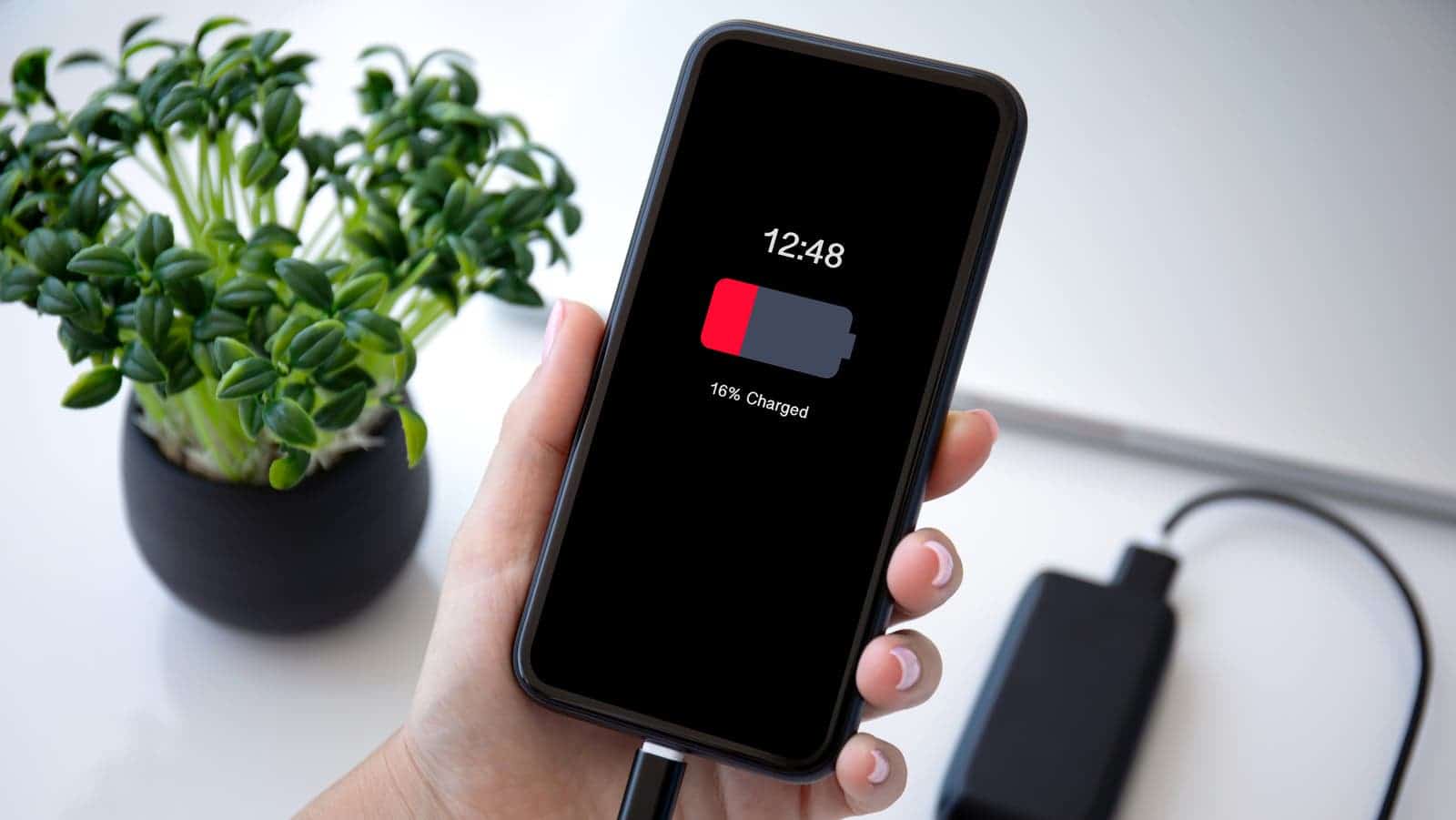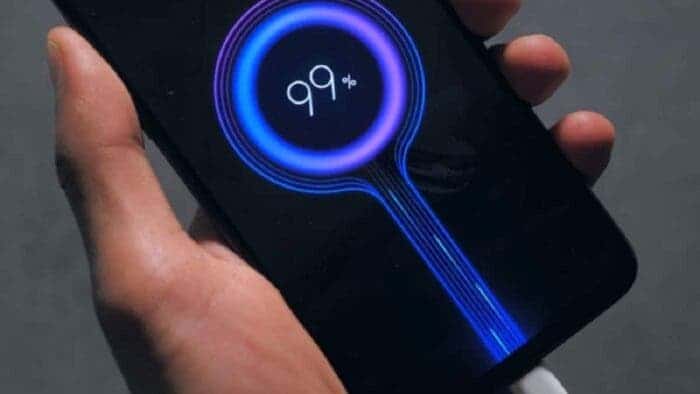In today’s fast-paced world, where time is currency and information streams are relentless, even our devices need to keep up. This is where fast charging comes in, a technological knight in shining armor promising to rescue our depleted batteries from the brink of death in minutes, not hours. But while the convenience factor is undeniable, whispers of hidden costs and battery health concerns linger in the background. So, is fast charging a revolutionary boon or a ticking time bomb for our devices’ lifespans? Let’s dive deep into the world of rapid energy replenishment and separate the facts from the fiction.
In the Fast Lane: Unveiling the Myths and Truths of Fast Charging

Demystifying the Speed Demon: How Fast Charging Works
Before we delve into the potential downsides, let’s understand how fast charging operates. Traditional charging methods slowly drip-feed electricity into the battery at a trickle rate, akin to filling a bucket with a garden hose. Fast charging, on the other hand, acts like a powerful pressure washer, pumping in energy at significantly higher rates (think firehose instead of garden hose). This is achieved through two main methods:
- Increased voltage: Instead of the standard 5 volts used in regular charging, fast charging technologies like Qualcomm’s Quick Charge and USB-PD can deliver up to 20 volts. This higher voltage pushes more power into the battery, reducing charging time.
- Bypassing charging stages: Traditional charging involves a multi-stage process, each ensuring maximum safety and battery health. Fast charging may skip some of these stages, focusing on rapid refuelling at the cost of potentially higher strain on the battery.
The Good, the Bad, and the (Maybe) Ugly: Weighing the Pros and Cons
It’s no secret that fast charging offers undeniable benefits:
- Reduced charging time: The time saved is arguably the most significant advantage. A regular charge might take hours, while a fast charge can get you back in action in as little as 30 minutes.
- Convenience factor: For on-the-go individuals or those juggling busy schedules, the ability to quickly top up a battery is a lifesaver.
- Increased productivity: A dead phone translates to missed opportunities and lost momentum. Fast charging ensures you stay connected and productive without lengthy charging breaks.
However, where there’s light, there are often shadows. The potential downsides of fast charging include:
- Battery degradation: The increased voltage and bypassed charging stages can generate heat, a known enemy of battery lifespan. Over time, this repeated stress can lead to a faster decline in battery capacity.
- Reduced lifespan: Frequent use of fast charging may shorten the overall lifespan of your battery, leading to more frequent replacements.
- Safety concerns: High voltage and rapid current flow require robust safety measures to prevent overheating or potential damage to the device. Using uncertified or low-quality chargers can pose safety risks.
Taming the Speed Demon: Tips for Healthy Fast Charging
While there’s no denying the potential downside of fast charging, there are ways to minimize its impact:
- Use official chargers or reputable third-party options: Opt for chargers certified by the device manufacturer or reputable brands to ensure safety and proper communication with your battery.
- Don’t fast charge all the time: Mix it up with regular charging whenever possible to give your battery a break.
- Avoid extreme temperatures: Both hot and cold environments can negatively impact battery health. Avoid fast charging your device when it’s extremely hot or cold.
- Optimize battery settings: Many devices offer battery-saving features that can slow down charging for improved long-term health. Utilize these features when appropriate.
- Don’t charge to 100% all the time: Lithium-ion batteries typically experience the most stress at the extremes of their charge cycle. Limiting charges to 80-90% can improve battery longevity.
Beyond the Hype: The Future of Fast Charging
Fast charging technology is constantly evolving, with improvements in safety, efficiency, and battery management systems being actively researched and implemented. Some promising advancements include:
- Adaptive charging: This technology adjusts the charging voltage and current based on the battery’s health and temperature, minimizing stress and prolonging lifespan.
- Solid-state batteries: These next-generation batteries offer faster charging times, higher capacity, and improved safety compared to their lithium-ion counterparts. While still in the early stages of development, they hold immense potential for the future of fast charging.
- Wireless charging advancements: Faster charging speeds and improved efficiency are being explored in the realm of wireless charging, making it a more viable alternative for users on the go.
Deep Dive: Unveiling the Complexities of Fast Charging with Granular Analysis

The allure of fast charging is undeniable. It promises to conquer our time-starved reality, transforming minutes into seconds for a fully charged battery. Yet, beneath the shiny veneer of convenience lies a complex network of potential benefits and drawbacks that demand a deeper dive. To truly understand the impact of fast charging, we must dissect its facets with a nuanced lens, analyzing the technological mechanisms, economic implications, and environmental considerations.
Technological Underpinnings: A Microcosmic Battleground
Beneath the hood of fast charging lies a intricate interplay of voltage, current, and battery chemistry. Traditional charging employs a 5-volt trickle, akin to meticulously filling a bucket with a garden hose. In contrast, fast charging unleashes a 20-volt torrent, akin to a firehose, pushing energy into the battery at a breakneck pace. This expedited influx, however, comes at a cost.
Two primary methods fuel this rapid energy infusion:
- Increased Voltage: By amplifying the voltage, more power is shoved into the battery per unit time. This, however, raises the internal temperature, a potent foe of battery lifespan.
- Bypassing Charge Stages: Conventional charging employs a multi-stage process, meticulously ensuring safety and battery health. Fast charging may shorten this journey, focusing solely on speed, potentially exposing the battery to higher stress.
This high-voltage, high-speed dance plays out on the microscopic battlefield of the battery itself. Lithium ions, the battery’s energy carriers, are forced to move at a blistering pace, potentially causing dendrite growth, microscopic needle-like structures that can pierce the battery and lead to catastrophic failure.
Economic Implications: A Double-Edged Sword
The fast-charging revolution ripples through the economic landscape, impacting a diverse range of players. For device manufacturers, it’s a boon, pushing sales of fast-charging-compatible devices and accessories. However, this surge in demand may come at the expense of future repairs and replacements, as batteries succumb to the fast-charge grind.
Consumers, caught in the tug-of-war between convenience and long-term value, face a tough choice. While the allure of immediate power is undeniable, the potential for a shorter lifespan and frequent battery replacements raises concerns about cost and environmental impact.
Furthermore, the fast-charging infrastructure itself requires significant investment. The rollout of high-power charging stations necessitates increased grid capacity and careful management to avoid overloading the electricity grid.
Environmental Crossroads: A Trade-off in Sustainability
The quest for instant energy replenishment carries an environmental weight. While electric vehicles (EVs) powered by fast charging emit fewer greenhouse gases than their gasoline counterparts, the production and disposal of lithium-ion batteries pose environmental challenges.
Rapidly degrading batteries due to frequent fast charging translate to more frequent replacements, adding to the battery waste burden. Additionally, the energy demands of high-powered charging stations must be carefully analyzed to ensure a sustainable footprint for EV adoption.
Navigating the Labyrinth: Towards a Holistic Approach
The allure of fast charging is undeniable, but its integration into our lives should be approached with a cautious, holistic perspective. Here are some considerations:
- Balanced Usage: Moderation is key. Utilize fast charging strategically for scenarios where time is truly of the essence. For routine charging, opt for standard methods to minimize battery stress.
- Technological Advancements: Embrace technologies like adaptive charging and solid-state batteries, which offer faster charging speeds with improved safety and longevity.
- Sustainable Strategies: Advocate for responsible battery production and recycling practices to mitigate the environmental impact of fast-charging dependence.
- Economic Awareness: Be mindful of the cost-benefit equation. Factor in potential future battery replacements and infrastructure development as part of the long-term picture.
In conclusion, fast charging is not a panacea, but rather a powerful tool to be wielded with wisdom. By understanding its intricacies, weighing its benefits and drawbacks, and advocating for responsible development and usage, we can ensure that this technological marvel fuels our future not just with speed, but also with sustainability and responsible progress.
Fast Charge Your Way to Success: Tips and Tricks for Maximizing Battery Health and Speed

While fast charging offers undeniable convenience, navigating its potential downsides requires smart habits and informed choices. Here are some tips and tricks to help you reap the benefits of speed while minimizing the impact on your battery’s health:
Charge Smarter, Not Just Faster:
- Mix it Up: Alternate between fast and regular charging. Frequent fast charging can stress the battery, so switch to standard charging whenever possible to give it a break.
- Top It Off: Aim for smaller, more frequent top-ups instead of letting your battery drain completely and then fast charging it to 100%. Partial charges are gentler on the battery.
- Optimize Settings: Many devices offer battery-saving features like “optimized charging” that slow down the charging speed for improved battery health. Utilize these when appropriate.
- Temperature Matters: Avoid extreme temperatures. Charging your device in a hot car or while it’s under direct sunlight can accelerate battery degradation. Similarly, charging in chilly environments can reduce charging efficiency.
Choose Wisely:
- Certified Chargers: Always use chargers certified by the device manufacturer or reputable brands. Uncertified chargers can be unsafe and damage your battery.
- Cable Quality Matters: Invest in high-quality, thick cables with the proper gauge (e.g., 24-gauge) to ensure efficient power delivery and minimize heat build-up.
- Wireless Charging with Caution: While convenient, wireless charging can be less efficient and generate more heat. Use wireless charging strategically and avoid leaving your device on the charger for extended periods.
Extend the Life Cycle:
- Don’t Overcharge: Limiting charges to 80-90% can significantly improve battery lifespan. Many devices offer features like “scheduled charging” to achieve this.
- Calibrate Your Battery: Periodically calibrate your battery to ensure the battery level indicator accurately reflects the remaining charge.
- Upgrade When Needed: Consider replacing your battery if you notice a significant decrease in capacity or battery life. A worn-out battery can not only limit your usage but also be less efficient at handling fast charging.
Beyond the Device:
- Advocate for Sustainability: Support environmentally responsible battery production and recycling practices to minimize the impact of fast charging on the planet.
- Stay Informed: Keep yourself updated about the latest advancements in fast-charging technology, including safer and more efficient methods.
Remember, the key to enjoying the benefits of fast charging while protecting your battery health is mindful usage and informed choices. By implementing these tips and tricks, you can ensure your device stays fueled up and ready to go without compromising its long-term health.
Fast Charging Hacks: Unleash the Speed Demon While Taming the Beast
The fast-charging landscape is a dynamic beast, and mastering its quirks can elevate your charging game to a whole new level. Here are some advanced tips and tricks to push the boundaries of speed and efficiency while keeping your battery happy:
Unlock Hidden Potential:
- Turbo Power Mode: Some devices offer “turbo charging” options designed for ultra-fast refuels. Use them judiciously for emergency situations when time is truly precious.
- USB-C PD Power Delivery: Explore the versatility of USB-C PD (Power Delivery) chargers. They can dynamically adjust voltage and current, optimizing charging for a variety of devices and potentially speeding up the process.
- Battery Saver Hacks: Don’t underestimate the power of battery-saving modes. Combine them with fast charging during power-hungry tasks like gaming or video editing to minimize battery drain while still enjoying speedy recharges.
App-tastic Optimization:
- Charging Apps: Leverage the power of charging apps! Some apps monitor charging cycles, recommend optimal charging times, and even alert you when your battery reaches desired levels.
- Battery Monitoring Apps: These apps provide detailed insights into your battery health, temperature, and charging efficiency. Utilize them to identify potential issues and adjust your charging habits accordingly.
- Game Mode Boosters: For gamers, consider game mode boosters that prioritize performance and optimize charging for extended gaming sessions without stressing the battery.
Tweak Your Tech:
- Disable Background Processes: Before fast charging, close unnecessary apps and turn off location services or Bluetooth to minimize background power drain and maximize charging speed.
- Airplane Mode Magic: In situations where you absolutely need maximum charging speed, activate airplane mode. This cuts off all wireless connections, significantly reducing battery drain and potentially shaving minutes off your charging time.
- The Case Conundrum: While some phone cases boast improved heat dissipation, bulky ones can trap heat during fast charging. Consider removing your case for super-fast refuels, but only in a safe and controlled environment.
Remember, knowledge is power! These advanced tips and tricks equip you to navigate the intricate world of fast charging with confidence. Combine them with the previous advice on temperature management, charger selection, and sustainable practices to unleash the full potential of fast charging while ensuring your battery lives a long and happy life.
Bonus Tip: Share your charging wisdom! Educate your friends and family about these tips and tricks to create a community of informed fast-charge enthusiasts who prioritize both speed and battery health.





